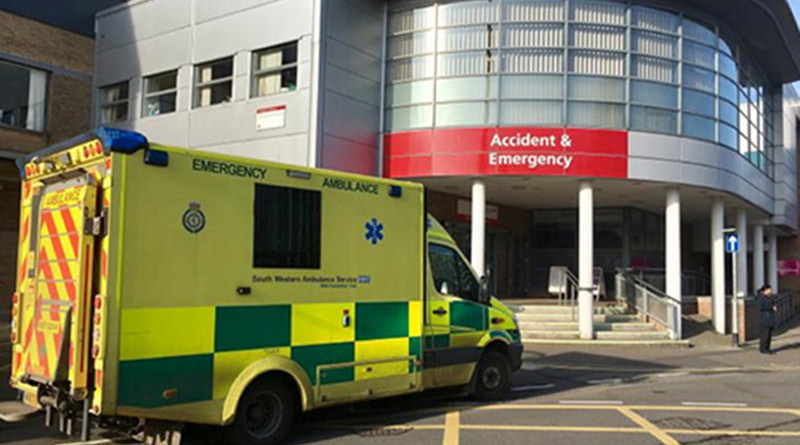NHS Waiting Lists Grow by 330,000 says Lib Dem Report
Waiting lists have gone up by 330,000 since Rishi Sunak pledged to cut them in January last year says Lib Dem leader Sir Ed Davey.
NHS targets missed include:
• NHS waiting lists: NHS waiting lists stood at 7.54 million outstanding treatments in February 2024, up from 7.21 million in January 2023 when Rishi Sunak pledged to cut them. This is an increase of 330,000 (NHS England).
• 65 week waits: There were 75,000 65-weeks for treatment in February, despite a target to eliminate them by March 2024 (NHS England).
• A&E: 71.3% of patients were seen within 4 hours in all A&E in February, against a target of 76% (NHS England).
• Cancer: 63.9% of people treated began cancer treatment within 62 days of an urgent referral in February 2024, against a target of 85% (NHS England).
A Liberal Democrat report revealed that 100,000 patients waited over 24 hours to be admitted to hospital at A&E last year. These appalling waits have increased tenfold since the last General Election (Hospital Trusts).
Behind each one of these figures, the lib Dems say, is a story of someone waiting in pain, worried sick about getting the care they need, a spokesperson sad: “These numbers expose the reckless damage done by this Conservative government’s neglect of the NHS and care. We desperately need more hospital beds and a long-term solution to the social care crisis, to end these devastating A&E delays.”
Responding to the figures shared by the Liberal Democrats about elderly patients waiting over five days on hospital trolleys, Matthew Taylor, chief executive of the NHS Confederation, said:
“These new figures paint a bleak but sadly not surprising picture of how long patients, particularly those who are elderly and more frail, are having to wait in A&E.
“The number of so-called trolley waits has risen significantly since the pandemic, following a decade of underinvestment coupled with rising demand from patients who have more complex needs.
“The more unwell a patient is the greater the likelihood that they will need to be admitted to hospital, something which is reflected in the recent record number of emergency admissions. They are also likely to need to stay longer in hospital.
“Our members continue to report how difficult it is to discharge patients into community or social care, which, in turn, is making it much harder to free up beds for patients coming through from A&E. This is creating bottlenecks throughout the urgent and emergency care system and creating a domino effect.
“Health leaders and their teams have been doing everything they can to keep patients safe and provide the best care possible, but are often having to rely on methods that were rarely used a decade ago. These include treating patients in corridors or overflow wards. This is not always safe for patients, frustrates staff who want to provide the best care possible, and must not become the new normal. But sometimes it may be a less risky option than leaving patients waiting in the back of ambulances queuing outside hospitals, so NHS staff are constantly having to do what they can to manage the risks to patient safety in very trying conditions.”






